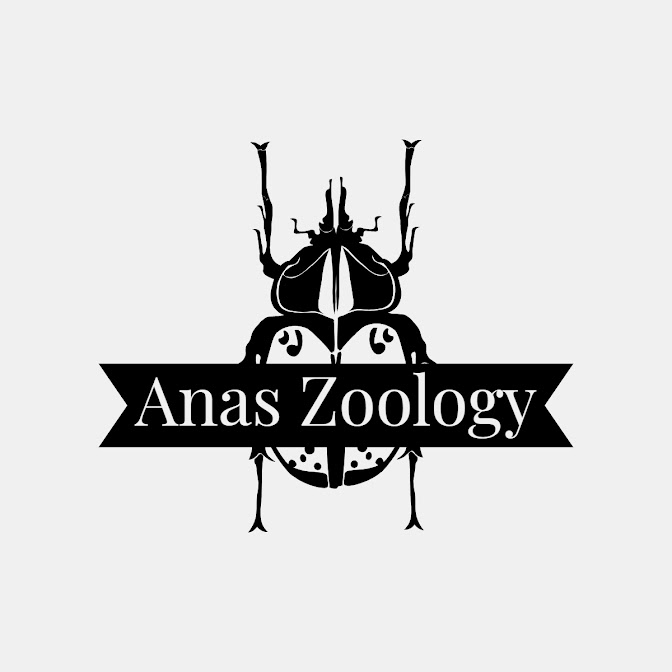Cytoplasm
Cytoplasm:
Cytoplasm is the protoplasm present within the living cell, excluding nucleus. Cytoplasm is enclosed within cell membrane.
Cytoplasm can be differentiated as:
- Cytoplasmic matrix / Cytosol / Hyaloplasm
- Cell inclusions
- Cell organelles
Cytoplasmic Matrix:
The Cytoplasmic matrix is the the gel like substance present in cytoplasm. It is more dense and viscous than the cytoplasmic fluid. Cytoplasmic matrix contains enzymes for synthesis of carbohydrates, fats, amino acids and proteins.
Cell Inclusions:
Cell inclusion are the non-living substances of cytoplasm. They may be in the form of reserve food, minerals, excretory and secretory products. Some of these are:
1) Starch grains: Exists as eccentric of concentric rings around proteinaceous hilum. It is stored in rhizomes, potato, rice, maize etc.
Starch Grains around hilum
2) Fat droplets: They are present in animal cells in the form of adipocytes.
3) Glycogen granules: They are present in liver and muscle cells.
Glycogen granules in cytoplasm
(Image Source: https://wellcomecollection.org/works/rztzt36f)
Cell Organelles:
Cell organelles are the living components of cell. They can be membrane bound organelles or non-membrane bound organelles. Examples of cell organelles are mitochondria, endoplasmic reticulum, golgi complex etc.
Functions of Cytoplasm:
- Various important chemical reactions like glycolysis and fatty acid synthesis takes place in the cytoplasm.
- Cytoplasm contains the enzymes responsible for various metabolic activities.
- It acts as a medium for exchange of molecules between the cell organelles.
Related Articles:








Comments
Post a Comment